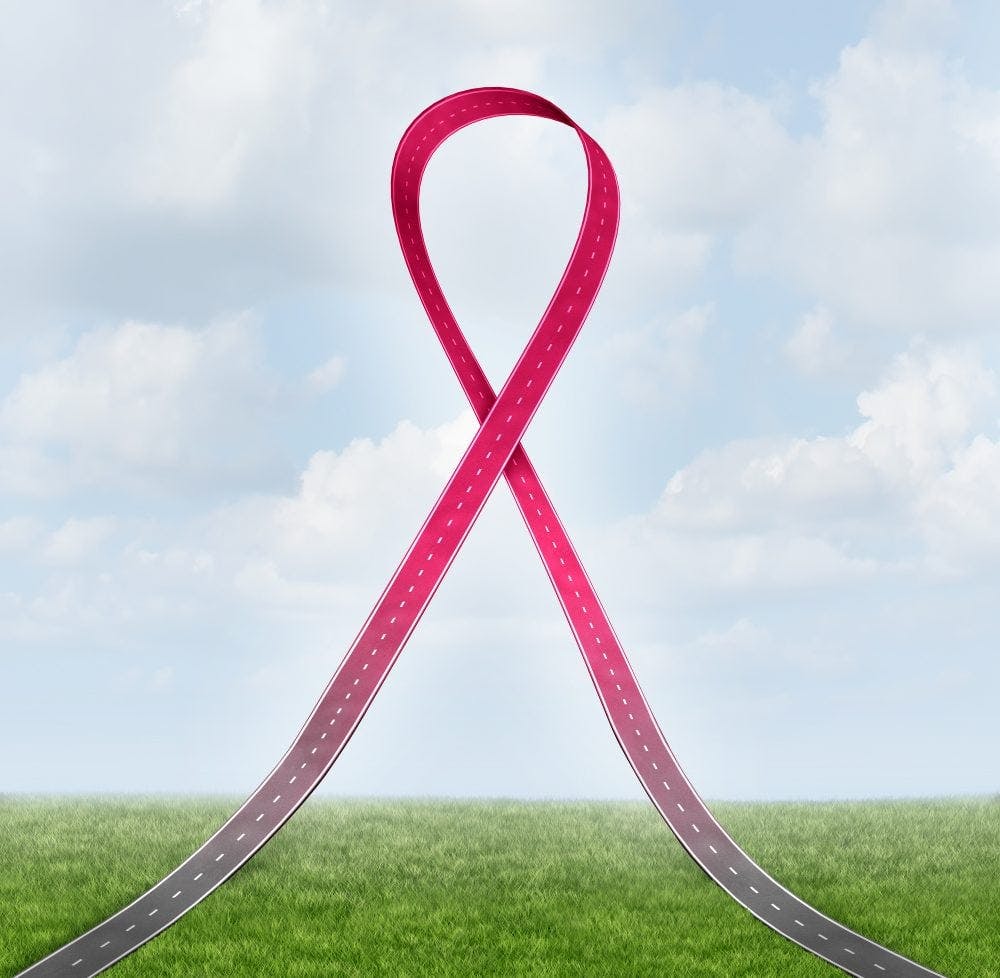
2024-07-12T16:54:51
Sunscreen Travel Tips
- Dermatology
November 21, 2017 | Imaging • Medical Oncology

The lifetime risk of a woman in the U.S. getting breast cancer is 1 in 8. There is no way to prevent breast cancer, but if found early (<1cm), 98% will survive. Mammography is the recommended screening test for the early detection of breast cancer, and Digital Breast Tomosynthesis (“3D mammography”) is quickly becoming the gold standard.
The American College of Radiology, and the scientific data from numerous randomized controlled trials, support screening mammography for ALL women ANNUALLY starting at age 40. There has been a 40% reduction in breast cancer mortality since the widespread use of mammography screening began in this country. While there are important risk factors that increase the chance of developing breast cancer, it is important to know that 75% of women who get cancer have no risk factors. In patients with risk factors (for example family history, genetic mutations, dense breast tissue, prior chest irradiation, etc.), it may be recommended that additional screening tests be utilized.
There are also other forms of testing beyond the mammogram that can help identify changes or cancer in the breasts. Here are some of the most common.
A breast ultrasound is used to look at breast changes such as lumps, or changes in women with dense breast tissues. It can tell the difference between fluid-filled cysts (unlikely to be cancer) and solid masses (might need further testing). An ultrasound can also help guide a biopsy needle into an area so that cells can be removed and tested. Ultrasounds are easy and do not cause exposure to radiation. They also cost less than many similar procedures.
Steps of a breast ultrasound will go as follows:
MRI requires special equipment for breast cancer. A few tips for preparing for this test include:
Getting an MRI is painless, but some people have difficulty in enclosed spaces. Speak to your technologist in advance if this is the case for you.
When another test shows the possibility of breast cancer, a biopsy will likely be used. This doesn’t mean you have breast cancer—a biopsy is a one way of finding out, involving the removal of dead cells from the suspicious area for testing. There are several types of biopsy:
Which type of biopsy you have depends on the size, location and whether it looks suspicious. Other medical conditions you have might factor in as well.
Newer tests are also being developed for breast imaging. Some of these are already being used, while others are still in the study phase. View some of these experimental forms of testing here.
If you have been diagnosed with breast cancer, you might need additional tests if your doctor believes cancer may have spread based on symptoms, your exam or the size of your tumor. View this list of possible tests here.
To learn more about breast imaging or get recommendations on when you should have it done, speak to your doctor.
Revere Health Imaging offers the most advanced imaging technology in Utah Valley with convenient locations and reduced-cost exams. We even offer our imaging services at night for your convenience. Contact us today at 801-812-4624 for an appointment.
“American Cancer Society Recommendations for the Early Detection of Breast Cancer.” American Cancer Society. https://www.cancer.org/cancer/breast-cancer/screening-tests-and-early-detection/tests-to-find-out-if-breast-cancer-has-spread.html
“Breast Ultrasound.” American Cancer Society. https://www.cancer.org/cancer/breast-cancer/screening-tests-and-early-detection/breast-ultrasound.html
WRITTEN BY:
The Live Better Team


2024-07-12T16:54:51

2024-07-02T11:42:04

2024-07-01T13:49:28

2024-06-21T14:29:51
This information is not intended to replace the advice of a medical professional. You should always consult your doctor before making decisions about your health.